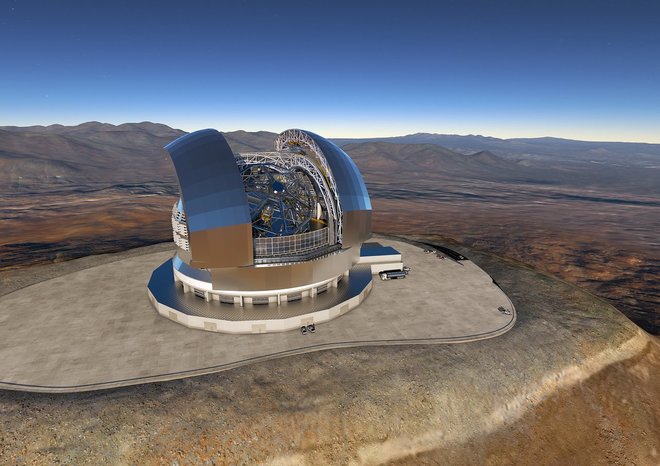
When it comes to telescopes, bigger is always better.
Bigger means more light-gathering power and better resolution. And a longer telescope—meaning, a longer focal length—can actually do wonders for your magnification power.
Light-gathering power, by the way, just means how much light a telescope can gather—and it works the same way as rain in a bucket. The bigger the bucket, the more rain you can collect.
And resolution means how much detail you can see in an image. It goes hand in hand with light-gathering power—more light means more detail.
So bigger, for serious astronomers, is the way to go. Until your mirror starts sagging.
Yeah…that’s a bit of a problem. But nowadays, we can fix it.
What does that even mean, until your mirror starts sagging?
Think of it this way. Imagine that you have a really, really, really huge blanket. Like, meters across in both directions. Let’s make it upwards of 40 meters—because there are honestly telescopes that big.
Have you ever made a fort out of blankets?
Let’s do that.
As you’re making your fort, you’ll want to drape the corners of the blankets over the corners of your support structure and tie them down. Now here’s what I want you to do. Try to get that blanket stretched as taut as possible.
I don’t want that blanket to hang down at all, you hear me?
Can you do it?
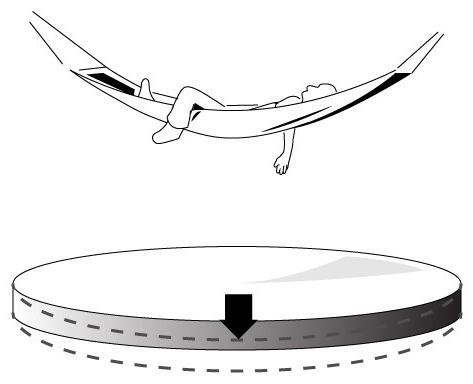
The answer’s going to be no. Sorry for stressing you out about perfection back there, but now you know for yourself that blanket’s never going to stretch tight, don’t you?
The fact is, no matter how hard you tug on the blanket, it’ll always sag a little under its own weight. Especially a 40-meter blanket. And telescope mirrors are no different. Once a mirror gets to be a certain size, it doesn’t matter that it’s not exactly cloth—it will sag.
And it won’t sag enough for you to notice at a glance, but your computer will notice it. Because the mirror won’t be the right shape, light won’t reflect right in your telescope, and your image will come out all distorted.
But…I thought bigger was always better?
Well, it is. Now. Because we’ve got these cool innovations called floppy mirrors and segmented mirrors.
Now I’ll bet you’re going to ask me what on Earth a floppy mirror is. Since when do mirrors flop? And isn’t that something we want to avoid?
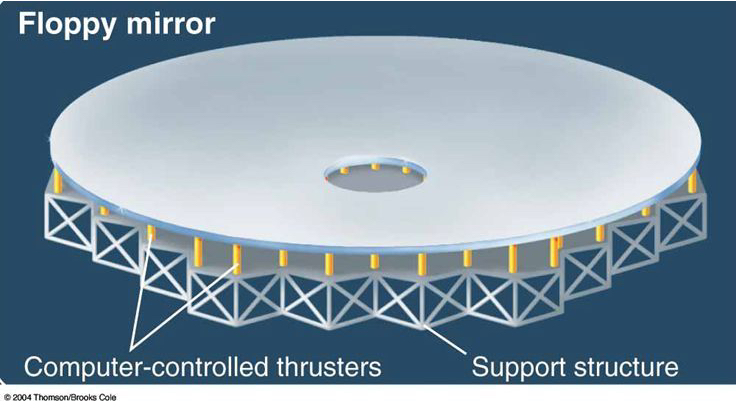
Not if your floppy mirror has a support structure.
Floppy mirrors are amazing inventions because they solve one major problem, and I don’t just mean mirror sagging. We can fix mirror sagging by just using thicker, stronger mirrors. But that’s so expensive—not worth astronomers’ budgets.
So instead of building a mirror to support its own weight, we built a much thinner mirror that absolutely can’t support its own weight—but its weight is nonetheless supported.
You’d be surprised what other problems this solves. Now, we don’t have to worry about the mirror expanding and contracting too much.
Over 24 hours, telescopes go through a lot of temperature changes. It’s hot at noon and freezing at midnight. And just like any other material on the planet, mirrors expand a little when it’s hotter and contract a little when it’s cooler.
This is a problem for the same reason mirror sagging is a problem. No matter how the mirror is changing shape, it’s going to change the image. What you see through the telescope will be distorted.
But thankfully for astronomers, if you can get a mirror to cool off fast at night, its shape won’t change nearly as much. And the solution to that is to make the mirror really thin.
That’s right. The thinner the mirror, the faster it cools.
That’s a major argument in favor of the floppy mirrors. But there’s another kind of mirror astronomers are fond of using…

A segmented mirror has all the perks of a floppy mirror. It’s supported by a support structure underneath, so we don’t have to worry about sagging. It cools fast. All in all, it isn’t that much different from a floppy mirror.
Except for one key thing…
A segmented mirror can be made in separate segments.
I guess that sort of goes along with the name. Basically, all those little hexagons up above are a separate piece of the mirror. This is good news for astronomers because the more pieces a telescope can come in, the cheaper.
Honestly, imagine the cost of labor alone for dragging a telescope 40 meters across and far taller up the slope of a mountain.
Yeah…I’d much rather bring that mirror up in pieces, myself.
This also explains why so many telescopes in observatories have a support structure rather than a solid tube. Have you noticed that?
Here’s a telescope still being built. You can see the little hexagons where the mirror segments are going to go.
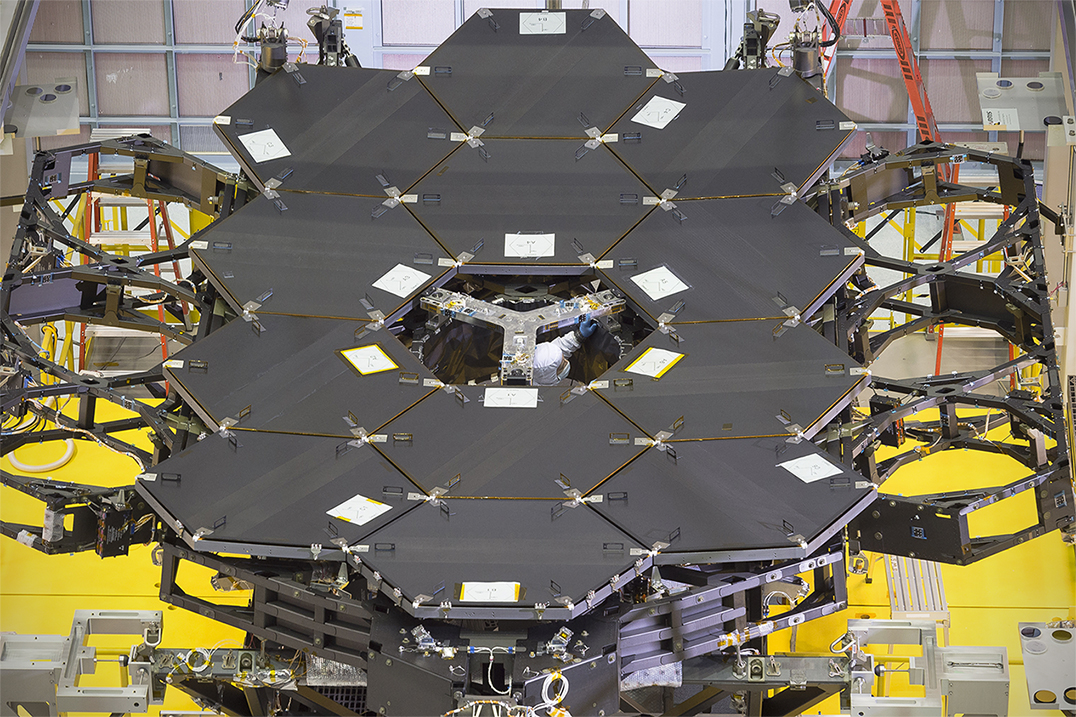
And here’s a view of segmented mirrors in action…
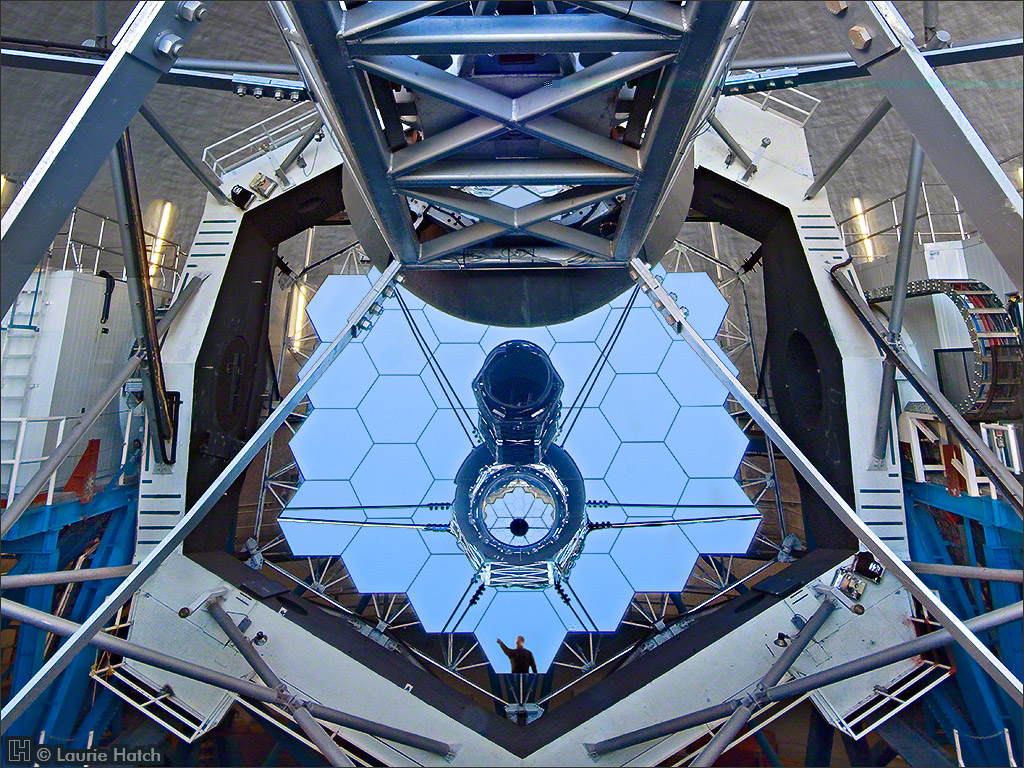
Yes, that’s right…you’re looking straight down the mouth of a telescope at its segmented primary mirror.
There are so many telescopes built with these sorts of mirrors these days. They mean exciting things for astronomers’ budgets, so they can afford more telescopes for less. And that’s always a plus, in their line of work.
Here’s the four telescopes that belong to the VLT (Very Large Telescope):

Each of these has a segmented mirror. And there are countless others.
The Large Binocular Telescope:

I’m honestly not sure whether this is a weird sight or not. They might as well call it a pair of really gigantic binoculars. Except that they’re not binoculars…binoculars have two eyepieces, one for each eye.
This telescope is as “telescope” as they come. Except it has two primary mirrors.
There’s a reason for that, and its name is interferometry. But that’s a subject for a later post. It’s coming up soon, don’t worry. Likely as soon as Thursday.
And then there’s the Giant Magellan Telescope…

This one is huge, as you can see by the computerized person standing in the window. These mirror segments don’t fit together perfectly, but it doesn’t matter—this telescope has the resolving power of one 24.5 m in diameter.
And of course, I’d be remiss if I didn’t mention my favorite…the European Extremely Large Telescope (E-ELT). Could’ve come up with a more creative name, but…oh well.

This guy is a whopper, standing at an altitude of 3,046 m and with a height of 80 m. Its mirror is 39 m across, composed of 798 individual segments. It’s the Burj Khalifa of telescopes—it’s the largest, tallest, and highest in the world.
(The Burj Khalifa is, to date, the tallest building in the world.)
Since it’s so darn awesome, I think I can forgive it for basically piggybacking off of the Very Large Telescope and Extremely Large Telescope. Hey, astronomers are already setting a record here for uncreative names. Why not let them get away with one more?
The funny thing is, though, astronomers can be very creative when it comes to their observatory domes. Take Cerro Armazones Observatory for the E-ELT, for instance. And of course, there’s always Palomar and Keck and Gemini and Mauna Kea…
But that’s enough on mirrors for now. How about some talk on mounting systems tomorrow? Because those are just as important as the telescopes.